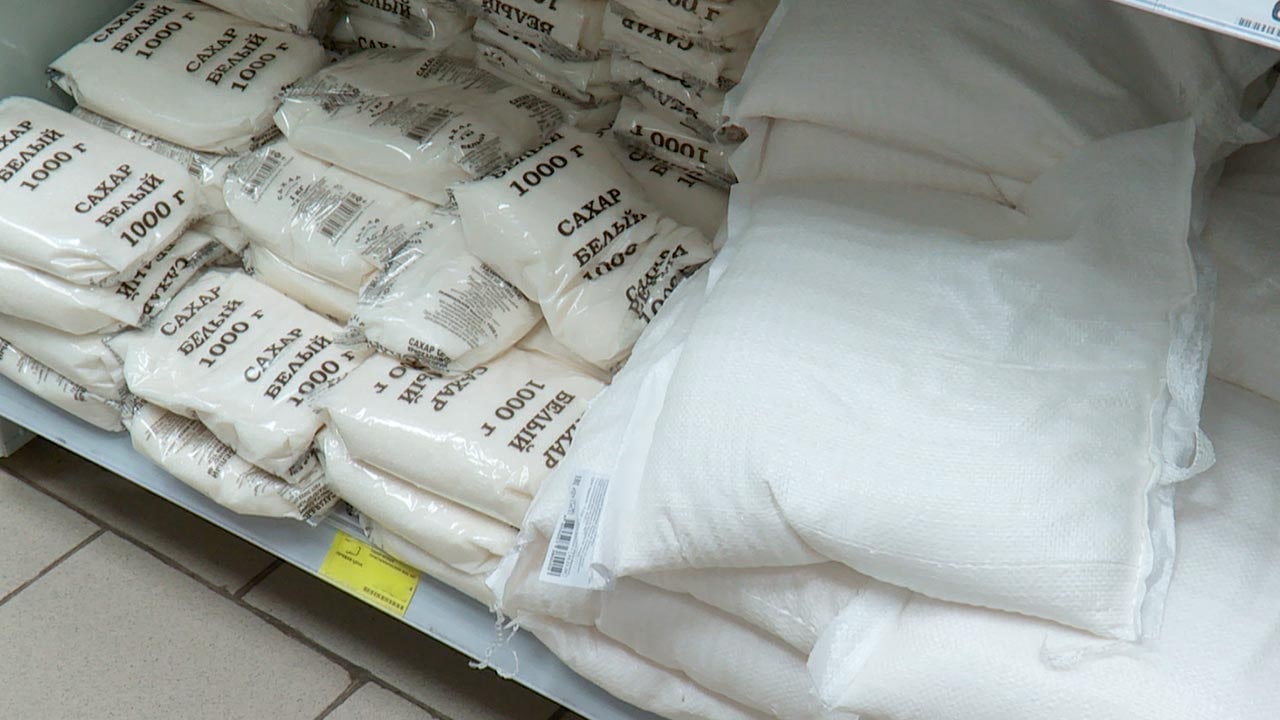The Russian government’s decision to extend its ban on the export of grain and sugar until the end of August will hardly affect Tajikistan’s market seriously, Tajik economist Umed Jourayev (the name is changed) told Asia-Plus Monday afternoon.
“Thus, the share of Russia in Tajikistan’s sugar imports is only 15 percent. Moreover, shortage of this product can be made up for by increasing its imports from other countries, for example from Pakistan,” the expert said.
Based on data of Russia’s foreign trade, he noted that Tajikistan last year reduced imports of wheat and sugar confectionery from Russia by almost 20 million U.S. dollars.
“As far as wheat imports are concerned, Kazakhstan provides the bulk of Tajikistan’s wheat imports, while Russia supplies mainly cereal products to Tajikistan and as far as I know, Russia has not imposed ban on the export of these products,” Jourayev said.
It is to be noted that these products (groats, bakery and confectionery products, starch and other raw materials and semi-finished products) account for the lion's share of the total volume of Tajikistan’s cereal imports from the Russian Federation – 48.2 percent.
Meanwhile, Tajikistan is most dependent on the supply of Russian vegetable oil. Tajikistan relies heavily on Russia for its vegetable oil needs as Russia accounts for more than 60 percent of the overall volume of Tajikistan’s vegetable oil imports.
Jourayev considers that a sudden spike in fuel prices will affect Tajikistan’s market more than Russia’s decision to suspend wheat and sugar exports.
“The fuel price hike and inflation can lead to a 10 percent or 15 percent increase in the price of basic food products in the country. However, there will be no shortage, as Russia will continue to supply them,” the expert added.
Meanwhile, the price for a 5-liter of Russian vegetable oil “Oleina” in Dushanbe has increased from 95 somonis in early 2021 to 135 somonis. The price for one kilogram of sugar in the Tajik capital has increased from 9.00 somonis in early 2021 to 12.00 somonis.
According to data of the Agency for Statistics under the President of Tajikistan, a two-way trade between Tajikistan and Russia last year valued at US$1.2 billion. This consisted of Tajikistan’s exports to India estimated at US$86 million and Tajikistan’s imports from Russia worth US$1.114 billion.. Compared to 2020, Russia’s exports to Tajikistan last year increased by 40 percent
Meanwhile, Kazakhstan and Kyrgyzstan are concerned over Russia’s decision to extend its ban on the export of grain and sugar until the end of August.
According to Eurasianet, Kazakhstan last year increased its volume of grain purchases from Russia by 77 percent, or around 2.3 million tons, coming behind only Turkey and Egypt as the main global buyers of Russian grain. Industry insiders say the real volume may be even greater, as official Russian data does not account for transactions made in the gray economy.
The grain harvest in Kazakhstan was especially bad last year as the result of an extended period of drought.
Kazakhstan’s Agriculture Ministry, however, said in a March 11 press release that there were no grounds for concern over food security. Wheat stocks currently stand at around 6.7 million tons, which is sufficient to cover domestic needs until the next fall harvest, the ministry said.
But Yevgeny Karabanov, an expert at the Grain Union of Kazakhstan, an agrarian lobbying group, told Eurasianet that the Russian ban has already sparked panic-buying of flour and that some farmers have taken advantage by hiking their prices.
“Kazakhstan has enough grain, even a lot of surplus that can be exported,” Karabanov said. “What is important is that our authorities do not [also] impose export restrictions that could be harmful to the industry.”
The situation with sugar is reportedly more complicated. Output in Kazakhstan does not fully cover domestic needs. The country imports two-thirds of the sugar it consumes, and half of those imports come from Russia.
A trickle-down effect is bound to be felt in Kyrgyzstan, Eurasianet says. More than 90 percent of the country’s wheat imports are from Kazakhstan and Russia. While Kyrgyzstan produced almost 363,000 tons of its own wheat in 2021, it reportedly imported almost 125,000 tons from Russia.
Bishkek-based news outlet Kaktus reported on March 11 that the price of sugar spiked overnight on the back of the Russian export ban news, from 80 soms (equivalent to US$0.76) per kilogram to 90 soms.
“Over the past few days, all bread and flour products in Kyrgyzstan have risen in price at least 2-3 soms,” said Kaktus. “According to sellers, this is not the limit.”







